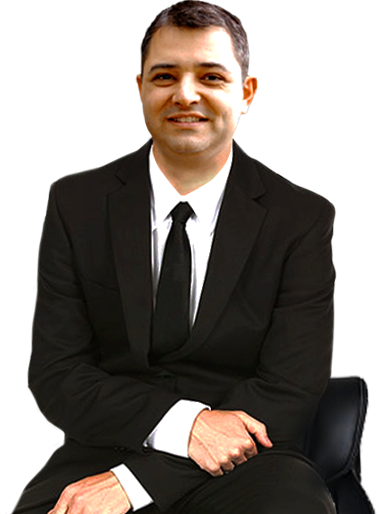Posterior Tibial Tendon Dysfunction
The posterior tibial tendon passes through the ankle to attach the calf muscle with the bones of the mid foot. It provides stability to the arch and supports the foot while walking. Inflammation or a tear of this tendon as a result of injury may cause dysfunction, leading to pain and the development of flatfoot.
Symptoms of flatfoot include pain on the inside of the ankle that may be accompanied by swelling. Flatfoot may cause the heel to shift outwards causing pain on the outside of the ankle as well. Activities such as walking, running, and standing on your toes may aggravate pain. If treatment is delayed there may be rigidity and development of arthritis. You may have trouble walking or wearing shoes.
When you present to the clinic with these symptoms, your doctor will perform a thorough history and physical examination, testing for pain, swelling, changes in ankle position, flexibility, strength and range of motion. Imaging tests such as X-rays, MRI, CT and ultrasound scans may be ordered to visualize the tendon and rule out other abnormalities.
Posterior tibial tendon dysfunction in its early stages may be treated with rest, cold packs, immobilization, physical therapy, steroid injection and anti-inflammatory medication. Shoe inserts that support the arch may be recommended. Surgery may be necessary if conservative treatments fail and may include:
- Tenosynovectomy: The inflamed tendon tissue is cleaned and removed.
- Tendon transfer: The damaged tendon is replaced by another foot tendon.
- Arthrodesis: In cases where arthritis has developed, the bones are realigned and fused to form a single bone by removing cartilage.
- Osteotomy: Bones of the heel and midfoot may be cut to recreate the arch of the foot.









